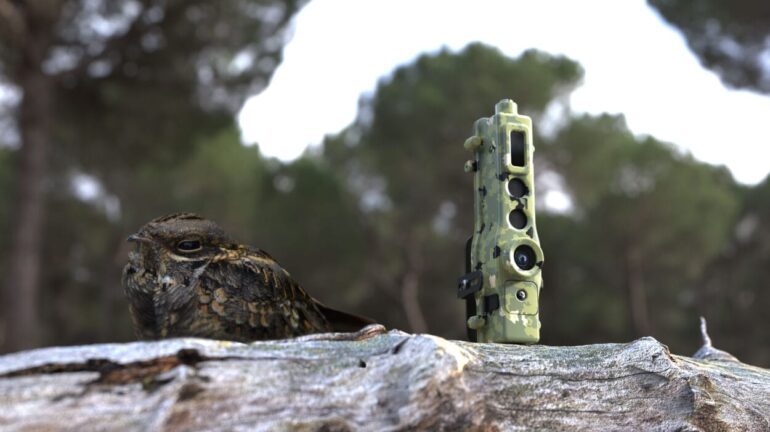TL;DR:
- Tiger populations in India are increasing, leading to human-wildlife conflicts.
- AI-powered TrailGuard cameras are deployed to track tigers and alert authorities when they approach human habitats.
- A study confirmed the AI system’s efficiency in identifying tigers within 30-45 seconds.
- Rangers use WhatsApp to inform villagers about the tiger’s presence and protect livestock.
- The technology is also used in Africa to detect poachers.
Main AI News:
In the heart of India, where the majestic tigers of Panthera tigris roam freely, a burgeoning challenge has emerged – human-wildlife conflict. As tiger populations rebound and expand beyond the confines of reserves, they increasingly encroach upon human habitats, raising concerns for both the safety of people and the livelihoods of local residents. These roaming cats have developed a penchant for preying on livestock, inflicting losses on communities already living in the shadow of these magnificent beasts.
Jeremy Dertien, a dedicated postdoctoral researcher at the German Center for Integrative Biodiversity Research, has been at the forefront of a pioneering effort to address this growing conflict. Collaborating with Clemson University and the Global Tiger Forum, Dertien and his team have harnessed the power of artificial intelligence to find a harmonious coexistence between tigers and humans.
At the heart of this innovative solution is the TrailGuard AI camera, a compact device about the size of an extra-large Sharpie pen. These cameras are strategically positioned up to three meters above the ground, armed with sophisticated AI capabilities. When the embedded AI senses the presence of a tiger, it promptly captures an image and dispatches it to a computer server. Simultaneously, alerts are sent via email or Telegram to park rangers, enabling them to act swiftly.
In a study published in BioScience, Dertien and his colleagues meticulously tested the AI tiger model’s efficiency and speed in identifying tigers. Their research, conducted in the vital Kanha–Pench corridor of central India, revealed that the AI system performed admirably, taking a mere 30 to 45 seconds from detection to notification delivery.
The practical application of these AI cameras has been nothing short of remarkable. Rangers on the ground have embraced this technology, advocating for more cameras to be deployed to monitor and manage problem tigers. Through the use of WhatsApp groups and cooperation with village leaders, they notify local residents of tiger presence, allowing them to safeguard their livestock. It is not uncommon to witness villagers taking to their bikes, sounding horns, and alerting one another in the event of a tiger’s proximity.
Beyond the Indian subcontinent, these AI cameras are finding diverse applications. In various parts of Africa, they are deployed primarily for detecting poachers, thereby safeguarding wildlife populations from illegal activities.
The fusion of artificial intelligence and conservation efforts has brought hope to regions where humans and wildlife are learning to coexist peacefully. As these AI cameras continue to evolve and expand their reach, they hold the promise of fostering harmony between the magnificent tigers of India and the communities that share their habitat.
Conclusion:
The deployment of AI cameras in India to mitigate human-wildlife conflicts signifies a promising intersection of technology and conservation efforts. As these AI solutions continue to prove their efficacy, there is potential for growth in the market for similar wildlife monitoring and protection technologies, not only in India but globally. This development offers new opportunities for businesses and organizations aiming to address the pressing issue of human-wildlife conflict and contribute to the coexistence of humans and endangered species.

